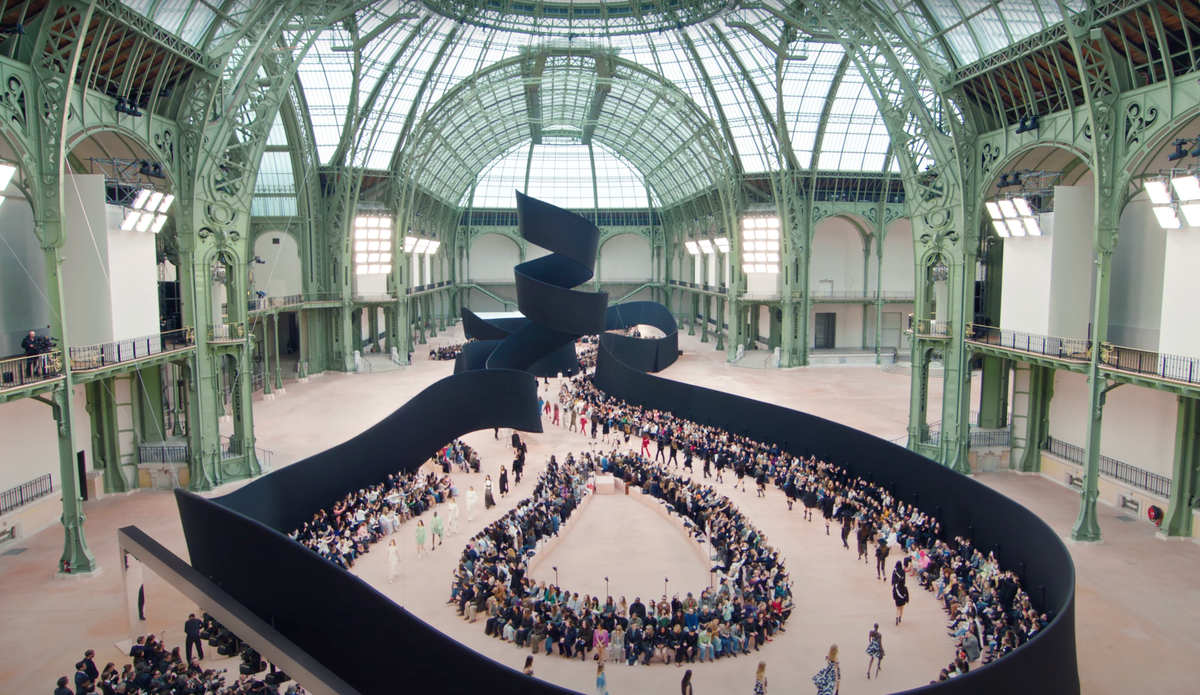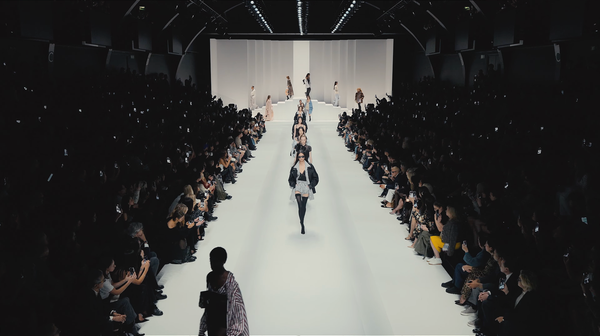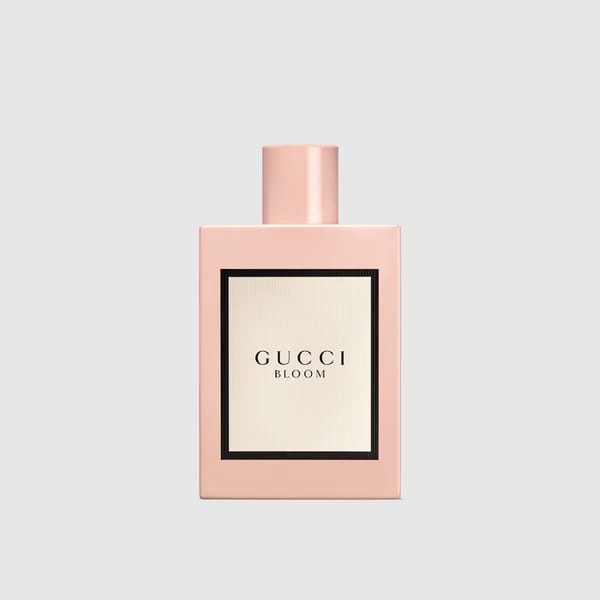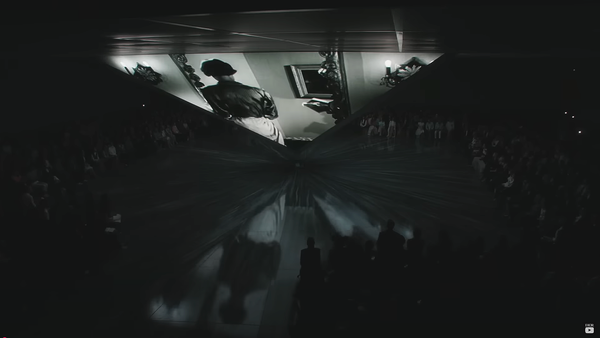BALENCIAGA—A Chance for Division

Will a new creative mind turn rebellion into redemption?
Brand Identity & Creative Shift
Balenciaga has always existed at the intersection of heritage and disruption—rooted in Cristóbal Balenciaga’s Parisian couture legacy since 1937, yet eternally drawing breath from modern provocation. The brand’s DNA? Bold silhouettes, architectural structure, and fearless craftsmanship—smashed into high-fashion streetwear, other times exploding with avant-garde disruption.
Now—a creative cliffhanger. Demna Gvasalia leaves behind a legacy defined by shock, subversion, and controversy. Under Demna, Balenciaga scaled from $350 million to an estimated $2.2 billion—a swift rise fueled by statement shock (e.g. teddy bears in bondage, scandalous ads, digital disruption). But the cost was cultural backlash, loss of potential customers, and PR nightmares.
Enter Pierpaolo Piccioli, the former visionary at Valentino. Known for romantic color and luxurious detail, Piccioli’s arrival signals a shift: from viral headlines to executive boardrooms, from shock to social acceptance. This is where two core questions emerge:
- Can Piccioli reinforce Balenciaga’s creative power using imagination with intention?
- Will this change divide the brand’s followers—or unify them under a born-again direction?
The Stakes Behind the Change
This isn’t just a creative swap—it’s a brand pivot. Balenciaga is poised to evolve from brash challenger to strategic powerhouse, guided by Kering’s shifting priorities. Gucci recently slumped 25% in Q1 2025, dragging the group’s quarterly revenue down 14% (Business Insider). That slump pressured Kering to move Demna at Gucci and Piccioli to Balenciaga—changes meant to rebalance creativity and commerce.
Kering is strategically retooling itself. Gucci will turn minimalist, Balenciaga will turn thoughtful. Piccioli’s engagement is not just artistic—it’s a financial strategy. It's all about growth, realignment with “quiet luxury,” and leaving "shock fashion" to hype culture.
Editor’s Note:
The industry often treats creative directors like floral arrangements—nice for a season, gone next week. But this move is more substance over aesthetic.
What Piccioli Brings to the Table
- Haute Couture descent: Over 16 years at Valentino, he defined modern couture through elegant romanticism. Now, he brings that mastery to a house once celebrated for its moral ambiguity.
- Rich vision: No more shock-only narratives with Balenciaga. Expect bold silhouettes grounded in deeper nuance—constructed drama.
- Cultural calibration: Piccioli inherited a brand tired of storylines gone global for all the wrong reasons. Now, the goal will be to shift perception and reclaim prestige.
Editor’s Note:
If you've ever seen the movie, "Dune", imagine Piccioli's first show in October—a Dune-like, veiled collection—hidden, powerful, bodies concealed but presence overwhelming. It would be an unexpected 180-degree turn—a reclamation of Balenciaga's architectural silences but with minimal embellishment.
In Summary: Division or Restoration?
- The Brand: Pivoting from viral shock to strategic sophistication.
- The Creative: From Demna’s loud provocations to Piccioli’s tempered elegance.
- The Question: Is this reinvention or dilution?
Balenciaga’s pressure points are clear: maintain relevance without bad reputation, intrigue without implosion, and embody creativity without collapse.
Piccioli has the chance to rebuild consumer trust, deepen luxury storytelling, and stabilize Kering’s broader portfolio. This isn’t about being safe—it’s about being smart.

[Previous Revision] - CHANEL Fall-Winter 2025/26 Ready-to-Wear Show






